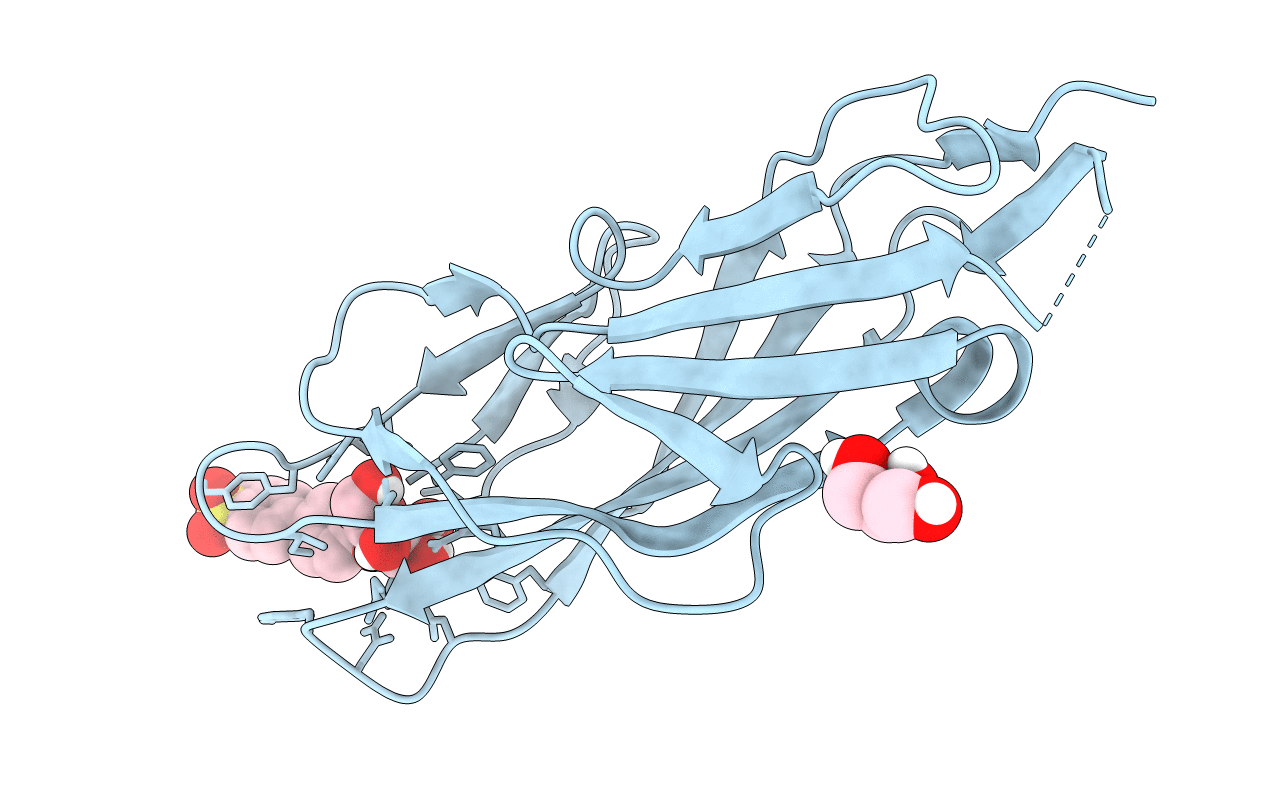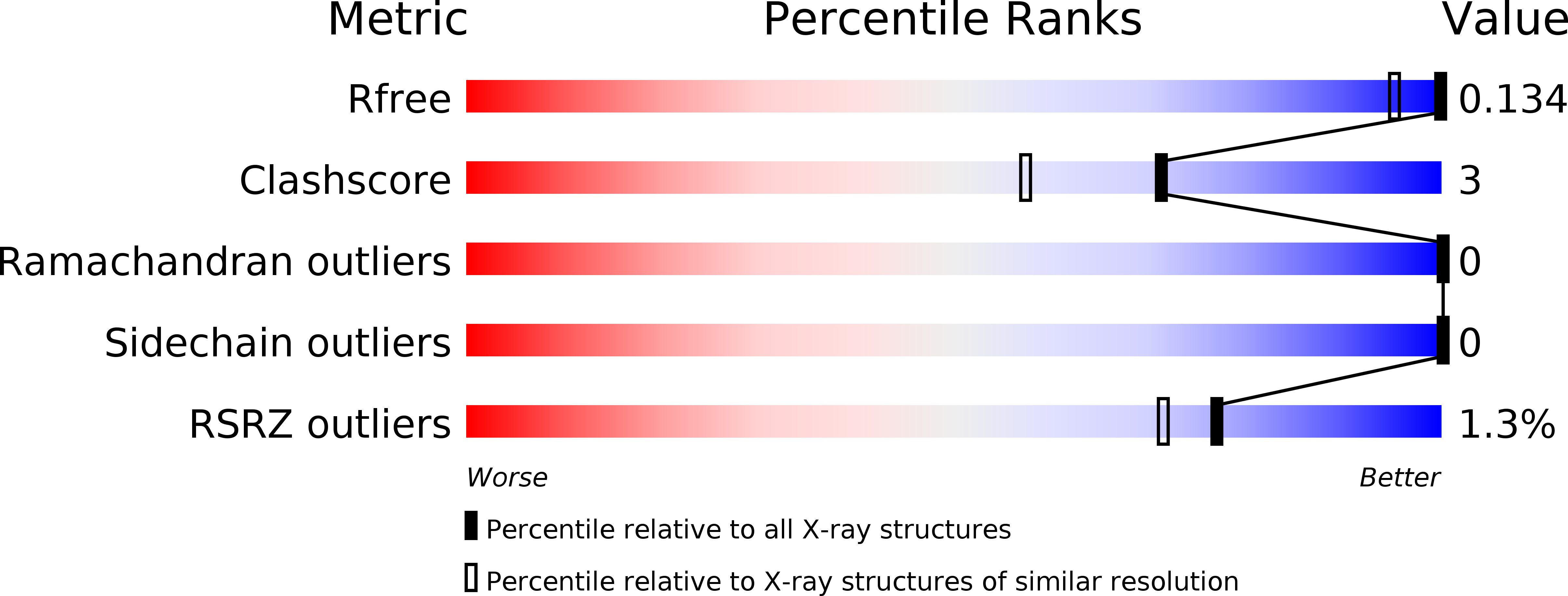
Deposition Date
2014-03-10
Release Date
2015-02-25
Last Version Date
2024-11-20
Entry Detail
PDB ID:
4CSS
Keywords:
Title:
Crystal structure of FimH in complex with a sulfonamide biphenyl alpha D-mannoside
Biological Source:
Source Organism:
ESCHERICHIA COLI K-12 (Taxon ID: 83333)
Host Organism:
Method Details:
Experimental Method:
Resolution:
1.07 Å
R-Value Free:
0.13
R-Value Work:
0.11
R-Value Observed:
0.11
Space Group:
P 21 21 21


